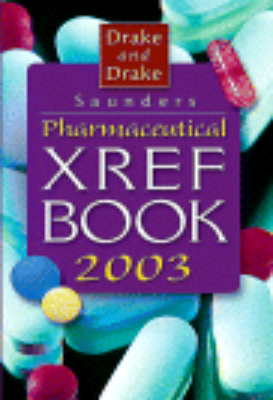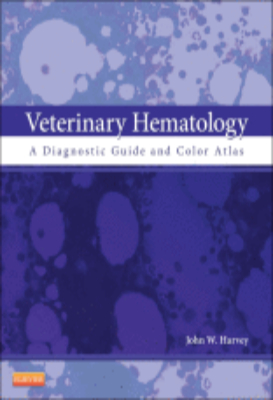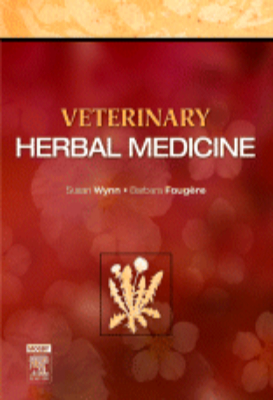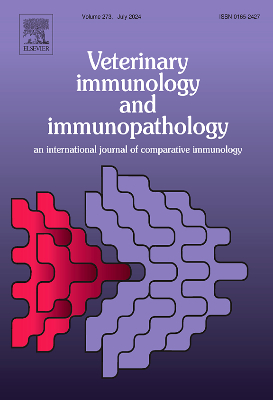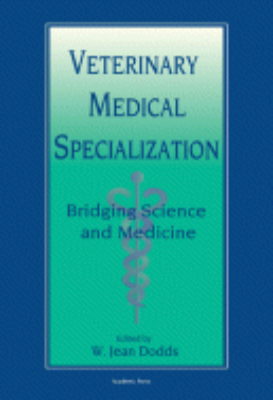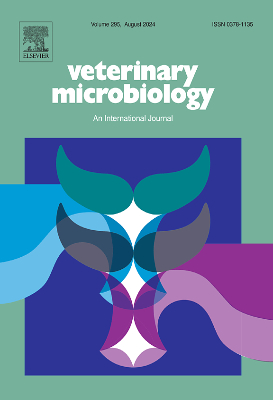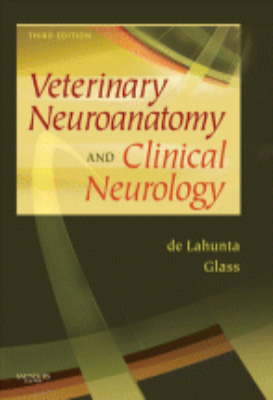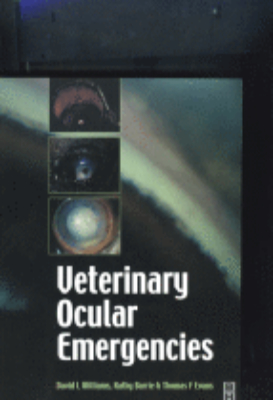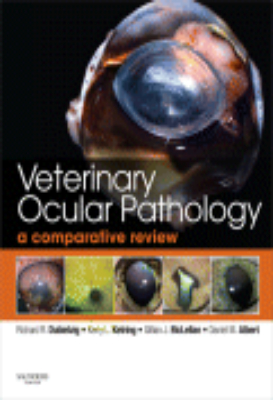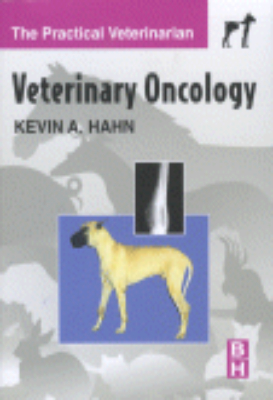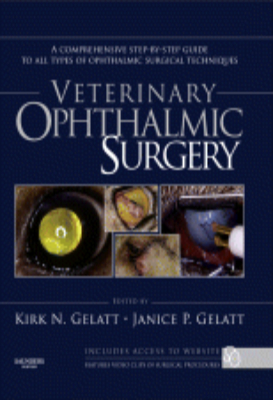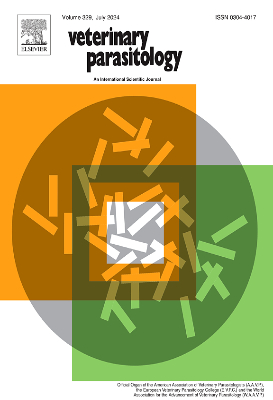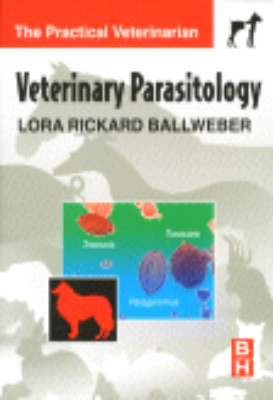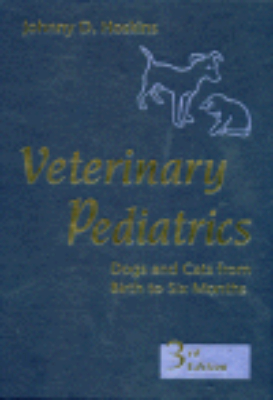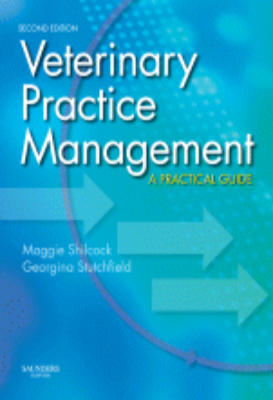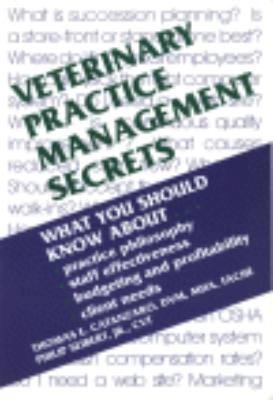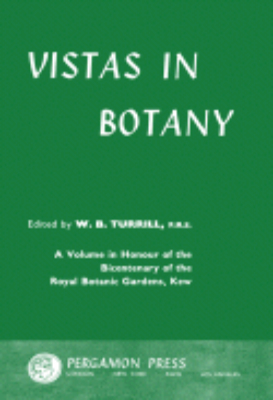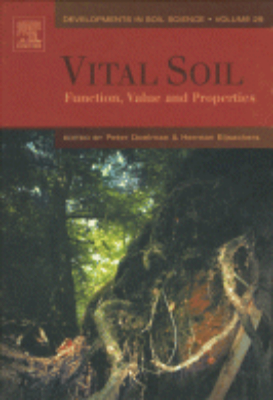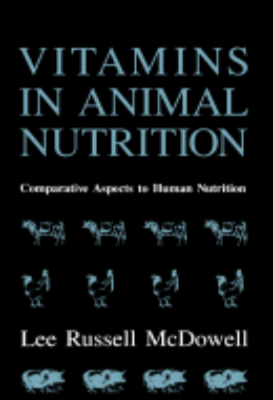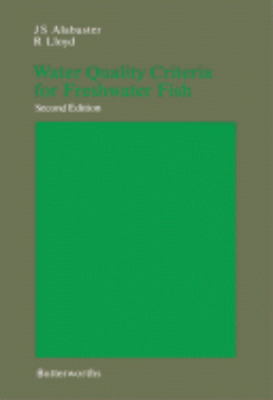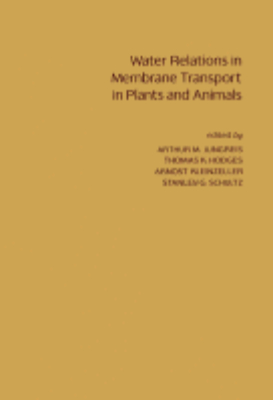E-Resources
Veterinary Hematology
Combining essential hematology content with the diagnostic features of an atlas, Veterinary Hematology: A Diagnostic Guide and Color Atlas delivers all the information you need to accurately assess and diagnose the blood diseases of common domestic animals including dogs, cats, horses, cattle, sheep, goats, pigs, and llamas. This all-in-one resource utilizes a clinically-oriented and user-friendly approach to guide you through the processes of selecting relevant diagnostic tests, collecting and preparing samples, interpreting sample results, and determining their clinical significance. High-resolution photomicrographs, full-color illustrations, and excellent schematic drawings, tables, and quick-reference algorithms help you clearly visualize these concepts and procedures.
Veterinary Herbal Medicine
This full-color reference offers practical, evidence-based guidance on using more than 120 medicinal plants, including how to formulate herbal remedies to treat common disease conditions. A body-systems based review explores herbal medicine in context, offering information on toxicology, drug interactions, quality control, and other key topics.
Veterinary Neuroanatomy and Clinical Neurology
Organized by functional neurologic system, the 3rd edition of this authoritative reference provides the most up-to-date information on neuroanatomy, neurophysiology, neuropathology, and clinical neurology as it applies to small animals, horses, and food animals. Accurate diagnosis is emphasized throughout with practical guidelines for performing neurologic examinations, interpreting examination results, and formulating effective treatment plans. In-depth disease descriptions, color images, and video clips reinforce important concepts and assist with diagnosis and treatment.
Veterinary Ocular Emergencies
Ocular emergencies can present major problems for vets. Signs can be dramatic, manifesting as apparent instant blindness, severe trauma from fights or road accidents, or the acute discoloration of the white of the eye to red or blue. The vet needs to identify quickly what the problem is so that the immediate palliative measures are appropriate and do not make matters worse.A major feature of this book is its unique problem-oriented approach, not used in the standard ophthalmology texts. This is complemented by a section arranged on a more anatomical basis, with appropriate cross-referencing, so that access to the right section is made as easy (and quick!) as possible. The book emphasises differential diagnoses and treatment options, showing clearly wherethe case needs referral to a specialist for resolution. Extra material on background pathogenesis and treatment rationale is provided in boxes. The material needed for the actual emergency will be made readily accessible, using bullet points and easy-to-follow line diagrams. David Williams is based in the UK. He has recently completed a PhD and is building on an international reputation in both ophthalmology and exotic medicine. His US co-author, Kathie Barrie, is current President of the American College of Veterinary Ophthalmology and a practising vet; she has ensured that the text is of equal relevance to US practice.
Veterinary Ocular Pathology
Veterinary Ocular Pathology: A Comparative Review links the clinical features of ocular disease with gross and microscopic pathology to demonstrate the essential features observable during diagnosis. It is designed to be kept next to the microscope as an invaluable guide to accurate diagnosis in ocular pathology. The book presents a wide range of images of the highest quality. A unique and distinctive feature is the juxtaposition of clinical and pathological images while offering detailed enumeration of the diagnostic features. Expert comparative comments by Dr Daniel Albert and contextual information on relative incidence are provided throughout. The authors address spontaneous disease of the eye in all animal species, with a particular emphasis on companion species. In addition, specific, common or interesting conditions of exotic species are included. The first text devoted to the pathology of spontaneous diseases of the eyes and periocular tissues of domestic animal species Exceptionally high quality illustrations are presented throughout, demonstrating clinical features, gross pathology and histopathology Written by pathologists and clinicians Includes a chapter devoted to the pathology of conditions associated with glaucoma in domestic animals A convenient, comprehensive and easy-to-use reference for veterinary pathologists, veterinary ophthalmologists, students and comparative vision scientists.
Veterinary Oncology Secrets
Written in the popular question-and-answer format of The Secrets Series, this handy resource provides an in-depth overview of the latest diagnostic and therapeutic approaches to small animal veterinary oncology. Coverage includes such important areas as: skin, endocrine, skeletal, respiratory, and ocular tumors; mast cell disease; FeLV; vaccine-associated sarcomas; and much more.
Veterinary Ophthalmic Surgery
Purchasers of Veterinary Ophthalmic Surgery have at their disposal a comprehensive, step-by-step guide to all types of ophthalmic surgical techniques across all species. Techniques are covered topographically, and species-by-species, with difficulty gradings for each one. Many of these procedures will be undertaken by the veterinary generalist, not only the specialized ophthalmologist. Nearly 1,000 large-sized illustrations, 750 of them in full colour, allow the practitioner to follow the techniques step-by-step. Internationally recognized as an authority on small animal ophthalmic surgery, Dr Gelatt is joined by expert contributors who together provide authoritative and definitive solutions to practitioners' eye surgery requirements. Whatever your field of specialism, this is the only eye surgery book you are ever likely to need. For: residents in veterinary ophthalmology; general, small animal, and equine veterinary practitioners; veterinary ophthalmologists; veterinary medicine students.
Veterinary Pediatrics
Still the only book available that specifically addresses the paediatric dog and cat! This 3rd Edition of Dr. Hoskin's popular veterinary text is completely updated, to offer readers current, detailed information on common and uncommon disorders ina single, easy-to-consult source. The expertise of the contributors further serves to make this an authoritative, must-have reference. It is a unique combination of state-of-the-art information from previous editions and new information from the latest developments in clinical veterinary medicine. Each topic is described in a succinct manner so that the text can serve as a quick reference resource for dogs and cats from birth to six months of age, whether healthy or afflicted with a congenital or acquiredillness
Veterinary Practice Management
Veterinary Practice Management provides all the practical tips for managing and improving the financial performance of a veterinary practice. Mandatory reading for all owners and veterinary practice managers, it also proves indispensable for commercial veterinary companies and independent outlets alike as well as for all members of the veterinary practice team and representatives who visit veterinary practice managers.
Veterinary Practice Management Secrets
This textbook is presented in an engaging question-and-answer format that is the hallmark of The Secrets Series. It offers the nuts and bolts necessary to help veterinarians effectively manage a practice, open a new business, lead employees, and focus on clients. Topics covered include marketing, staffing, regulatory matters, computerization, and customer service. The authors have based their careers on counseling veterinary practice owners, and they have visited over 2000 such establishments.
Virus-Insect-Plant Interactions
"In Virus-Insect-Plant Interactions, the world's leading scientists discuss the latest breakthroughs in understanding the biological and ecological factors that define these complex transmission systems and how this knowledge might be used to our advantage in producing innovative, user and environmentally friendly approaches to controlling the spread of plant pathogens by insects. This is an invaluable reference work for researchers, teachers, and students. There are many quick-reference figures and tables, the contents pages include individual chapter abstracts, and each chapter ends with its own bibliography. Key Features. Presents the most significant research breakthroughs of the past two decades. Contains eighteen chapters by forty-two world-renowned researchers. Invaluable reference work for researchers, teachers and students. Each chapter ends with its own bibliography. Contents pages of forematter include individual chapter abstracts. Contains many quick-reference figures and tables"
Viruses in Food and Water
Viruses can be highly infectious and are capable of causing widespread disease outbreaks. The significance of viral pathogens in food and waterborne illness is increasingly being recognised and viruses transferred by these routes are important areas of research. Viruses in food and water reviews the risks, surveillance and control of food and waterborne viral disease.Part one provides an introduction to food and environmental virology. Part two goes on to explore methods of detection, surveillance and risk assessment of viruses in food and water; it includes chapters on molecular detection of viruses in foods and food processing environments, quality control in the analytical laboratory, and quantitative risk assessment for food and waterborne viruses. Part three focuses on virus transmission routes and control of food and water contamination. It contains chapters on fresh produce, shellfish and viral presence, and control methods in waste water and sewage. Finally, part four highlights particular pathogens including norovirus, hepatitis A and emerging zoonotic viruses.Viruses in food and water is a standard reference book for microbiologists in academia, analytical labs and the food and water treatment industries, as well as environmental health professionals and researchers working on foodborne viruses.
Vistas in Botany
Vistas in Botany features the study of life histories of plants, their development from spore or seed through vegetative phases up to the diverse phenomena of reproduction needs. This book is a compilation of studies and research conducted by several botanists that discuss topics such as the taxonomy general principles and Angiosperms; plant biochemistry; causal plant ecology; plant geography; cytology; genes, chromosomes, and evolution; viruses; bacteria; fungi; Bryophyta; Pteridophyta; Gymnospermae; and plant physiology. This publication is valuable to botanical specialists who wish to obtain updated knowledge in botany or phytology, and to students conducting research on the science of plant life.
Vitamins in Animal Nutrition
"Vitamins in Animal Nutrition presents concise, up-to-date information on vitamin nutrition for livestock and poultry; comparisons with vitamin use in human nutrition are also presented. This book describes the basic chemical, metabolic, and functional role of vitamins and vitamin supplementation. A wealth of photographs illustrate the nutritional aspects of vitamin deficiencies and excesses in livestock, along with their concomitant conditions. This authoritative reference is of interest to professionals in animal nutrition and the livestock industry and is suitable as a graduate-level text on vitamin nutrition in animals. Key Features. First book of its kind. Offers practical and broad coverage of nutrition as it relates to farm livestock, humans, and laboratory animals. Clinically identifies and outlines the effects of vitamin excesses and deficiencies in animals and humans. Emphasizes vitamin supplementation, and vitamin metabolism and function. Illustrated with numerous photographs"
Water and Plant Disease
Water Deficits and Plant Growth, Volume V: Water and Plant Disease presents a comprehensive treatment of the role of water deficits and excesses in the plant disease complex. This book highlights water relations of diseased plants and the effects of water stress induced by disease and environmental factors, along with water deficits related to disease and water stress as a predisposing factor in plant disease. This volume is organized into nine chapters and begins with an overview of the water relations of diseased plants, focusing on root, foliar, and shoot diseases, as well as vascular wilts. The following chapters examine the effects of water deficits on pathogen and host, the degree and duration of water deficits as predisposing factors in plant disease, and important abiotic diseases induced by water deficits and excess. The discussion then turns to water in relation to active and passive liberation of spores, as well as to the infection process. This book also explains soil moisture in relation to spread and survival of pathogens, the link between water and seed decay, field and storage fungi that affect seeds, and water in relation to wood deterioration. This volume concludes with a chapter on moisture as a factor in epidemiology and the forecasting of disease. This book is a valuable resource for scientists and investigators in fields such as botany, plant pathology, forestry, agriculture, and biology.
Water Quality Criteria for Freshwater Fish
Water Quality Criteria for Freshwater Fish, Second Edition, is a collection of 12 technical papers on water quality criteria for European freshwater fish, together with a report on fish toxicity testing procedures that have been produced for the European Inland Fisheries Advisory Commission (EIFAC)an intergovernmental organization with a current membership of 24 countries. Each chapter reviews a particular water quality characteristic for European inland fisheries, although the effects of mixtures with other harmful substances have been described for some of them. These characteristics include water quality criteria for finely suspended solids and pH values; water temperature; the effect of ammonia; phenolic wastes; dissolved oxygen; chemistry and toxicology of chlorine; and toxicity of zinc, copper, and cadmium. The reports in this volume will be useful not only to the member countries of the European Inland Fisheries Advisory Commission, but also to those concerned with the management of inland waters and their fishery resources in other continents.
Water Relations in Membrane Transport in Plants and Animals
Water Relations in Membrane Transport in Plants and Animals contains the presentations in a symposium dealing with Water Relations in Membranes in Plants and Animals, during the 27th Annual Fall Meeting of the American Physiological Society held at The University of Pennsylvania, 17-19 August 1976. The purpose of the symposium was to explore the common modes of water regulation in plants and animals. In these proceedings, the mechanisms employed to restrict water flow across plant and metazoan animal cells are described. Putative differences in mechanisms of water regulation retained by plant versus animal cells become inconsequential in the light of the numerous similarities: dependence upon bioelectric potentials maintained across cell membranes, energy dependence of uphill water movement, and solute coupling during water transport. The presentations can be organized into four. The first takes up specific mechanisms of water transport in plants. The second and third parts deal with specific mechanisms in invertebrates and vertebrates, respectively. The fourth part covers generalized mechanisms common to plants and animals.
Water Relations of Plants
Water Relations of Plants attempts to explain the importance of water through a description of the factors that control the plant water balance and how they affect the physiological processes that determine the quantity and quality of growth. Organized into 13 chapters, this book first discusses the functions and properties of water and the plant cell water relations. Subsequent chapters focus on measurement and control of soil water, as well as growth and functions of root. This book also looks into the water absorption, the ascent of sap, the transpiration, and the water stress and its effects on plant processes and growth. This book will be useful for students, teachers, and investigators in both basic and applied plant science, as well as for botanists, agronomists, foresters, horticulturists, soil scientists, and even laymen with an interest in plant water relations.

